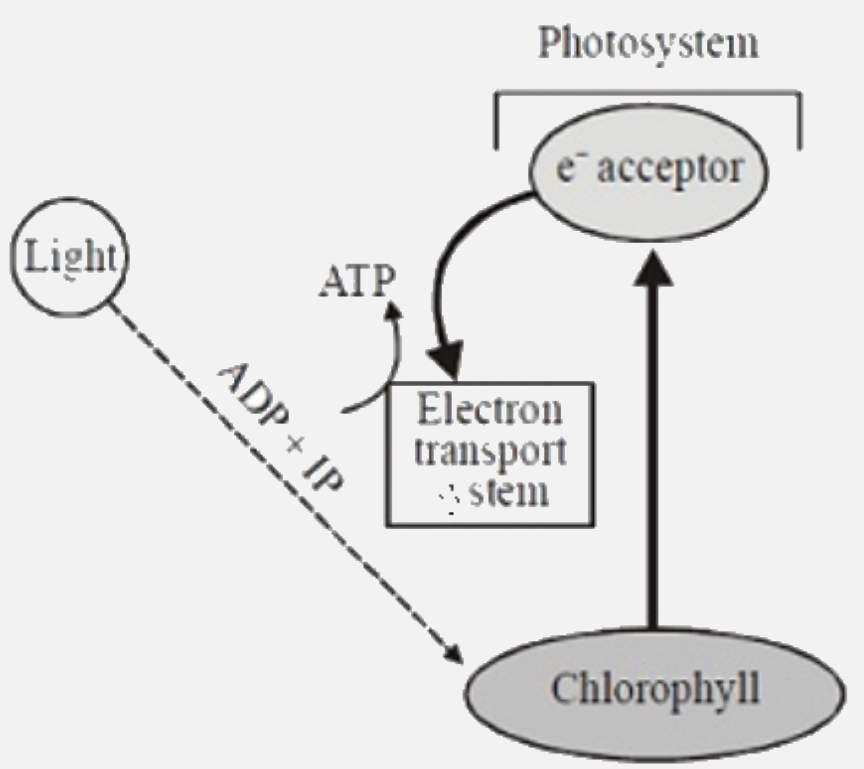Which one of the following is not applicable to the phenomenon of adsorption?
ΔH>0
ΔG<0
ΔS<0
ΔH<0
The correct Answer is:A
To determine which statement is not applicable to the phenomenon of adsorption, we need to analyze each of the given options regarding Gibbs free energy (ΔG), entropy (ΔS), and enthalpy (ΔH) in the context of adsorption.
1. Understanding Gibbs Free Energy (ΔG):
- For any spontaneous process, the Gibbs free energy change (ΔG) must be less than 0 (ΔG < 0).
- In the case of adsorption, the process is spontaneous, meaning ΔG is indeed less than 0.
2. Understanding Entropy (ΔS):
- Entropy (ΔS) measures the degree of disorder in a system.
- During adsorption, gas molecules transition from a random gaseous state to a more ordered state on the surface of a solid.
- This results in a decrease in disorder, indicating that ΔS is less than 0 (ΔS < 0).
3. Understanding Enthalpy (ΔH):
- Enthalpy (ΔH) reflects the heat content of a system.
- In the context of adsorption, the process typically involves a release of energy (exothermic process), which means that the enthalpy change is negative (ΔH < 0).
- Therefore, ΔH for adsorption is less than 0.
4. Analyzing the Options:
- Option 1: ΔH > 0 (This suggests an endothermic process, which is not applicable to adsorption).
- Option 2: ΔG < 0 (This is applicable as adsorption is spontaneous).
- Option 3: ΔS < 0 (This is applicable as disorder decreases during adsorption).
- Option 4: ΔH < 0 (This is applicable as adsorption is exothermic).
5. Conclusion:
- The only statement that is not applicable to the phenomenon of adsorption is Option 1: ΔH > 0.
- Therefore, the answer is Option 1.
- For any spontaneous process, the Gibbs free energy change (ΔG) must be less than 0 (ΔG < 0).
- In the case of adsorption, the process is spontaneous, meaning ΔG is indeed less than 0.
- Entropy (ΔS) measures the degree of disorder in a system.
- During adsorption, gas molecules transition from a random gaseous state to a more ordered state on the surface of a solid.
- This results in a decrease in disorder, indicating that ΔS is less than 0 (ΔS < 0).
- Enthalpy (ΔH) reflects the heat content of a system.
- In the context of adsorption, the process typically involves a release of energy (exothermic process), which means that the enthalpy change is negative (ΔH < 0).
- Therefore, ΔH for adsorption is less than 0.
- Option 1: ΔH > 0 (This suggests an endothermic process, which is not applicable to adsorption).
- Option 2: ΔG < 0 (This is applicable as adsorption is spontaneous).
- Option 3: ΔS < 0 (This is applicable as disorder decreases during adsorption).
- Option 4: ΔH < 0 (This is applicable as adsorption is exothermic).
- The only statement that is not applicable to the phenomenon of adsorption is Option 1: ΔH > 0.
- Therefore, the answer is Option 1.
Topper's Solved these Questions
- SURFACE CHEMISTRYBOOK - NCERT EXEMPLAR ENGLISHCHAPTER - SURFACE CHEMISTRYEXERCISE - MCQs (More Than One Options)
12 Videos
- SURFACE CHEMISTRYBOOK - NCERT EXEMPLAR ENGLISHCHAPTER - SURFACE CHEMISTRYEXERCISE - Short Answer Type Qrestions
29 Videos
- SOLUTIONS BOOK - NCERT EXEMPLAR ENGLISHCHAPTER - SOLUTIONS EXERCISE - LONG ANSWER TYPE QUESTIONS
8 Videos
Similar Questions
which one of the following is not applicable to RNA
View SolutionWhich of the following is not applicable to Drosophila
View Solutionwhich one of the following is not applicable to chemisorption ?
View Solutionwhich one of the following is not applicable to chemisorption ?
View SolutionWhich one of the following does not exhibit the phenomenon of mutarotation ?
View SolutionWhich of the following is not application of RNA :
View Solution
Which of the following is applicable to the given figure ?
View SolutionWhich if the following is not applicable for Bt - cotton ?
View SolutionWhich of the following is not an application of PCR ?
View Solutionwhich of the following is not the application of PCR ?
View Solution
